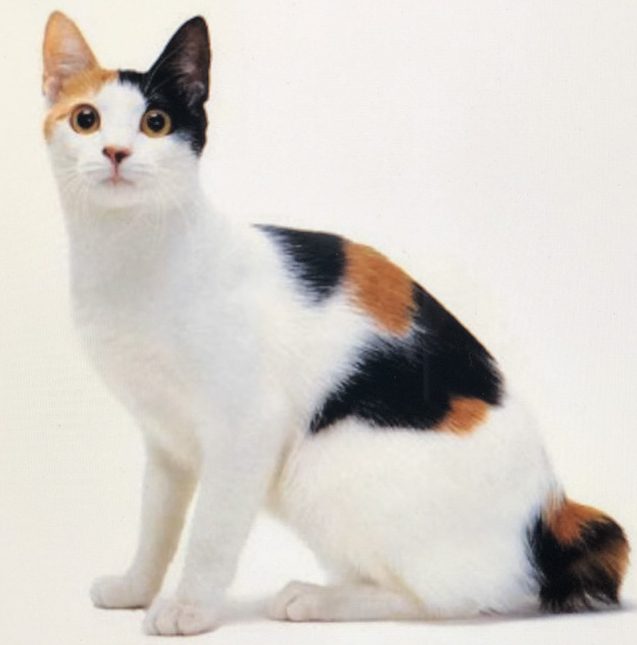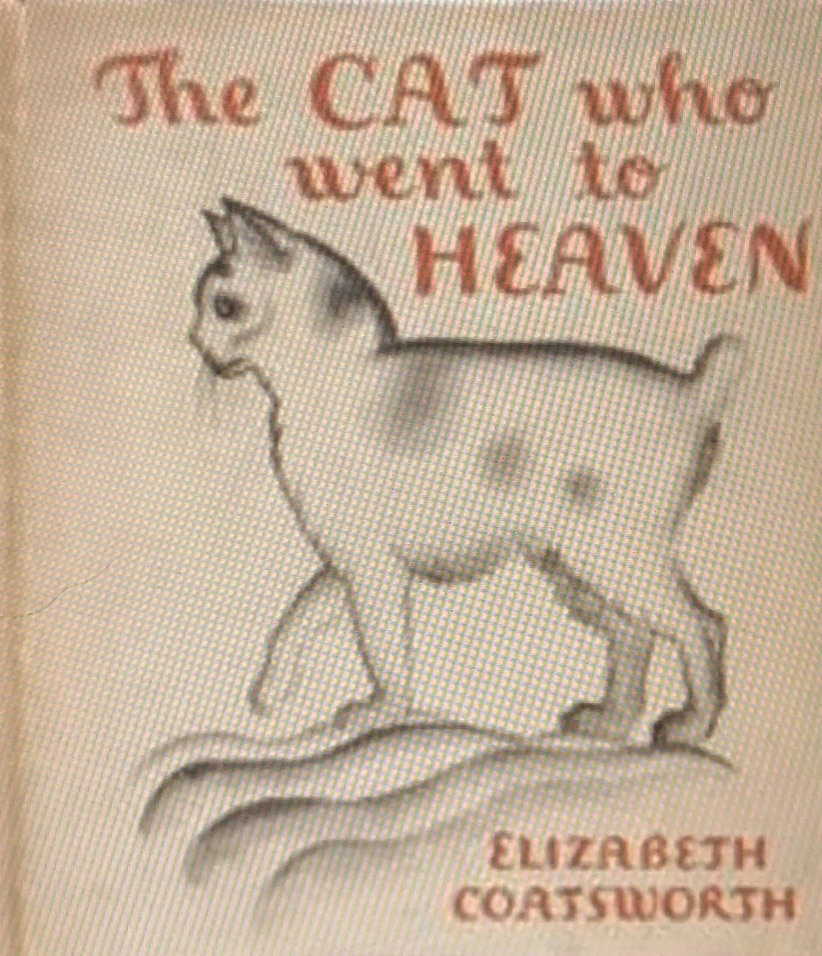
We have just finished our study of the “128 Evil or Erroneous Views” from the Supreme and Unsurpassable Mahamudra of Liberation (SAUMOL). As promised, I want us to spend at least one session on debating what we learned and on how we have applied what we learned to our lives and practice from our study of these views. We were able do the latter this Sunday. March 21, at our 6:00 am session when we recited and reflected on all “128 Views” as part of our study and practice of the Supreme and Unsurpassable Mahamudra of Liberation.
However, we were not able to hold the class scheduled for today, March 28 using the children’s book The Cat Who Went to Heaven. I had severe reactions to my second COVID shot and needed more rest. Sorry. We will just reschedule this exercise for next week.
When we offered classes on books by various authors through the Xuanfa Five Vidyas University courses, we had the students evaluate those books in light of the 128 views. This did two things: it enabled us to evaluate the text AND it helped us better understand the meaning of these views.

Next Sunday, April 4 at 2:00 pm, we take one of my favorite short stories, The Cat Who Went to Heaven by Elizabeth Coatsworth, and analyze it for incorrect views. Let us use this book to see how much we have learned about the Buddha, Buddhism, your practice, etc. We will do this by our debate technique that is part of the Seven Dharmas System established by the Buddha Master. [CLICK for article on the “Seven Dharmas.”] You do not need to have attended our zoom classes on the “128 Views,” but you will need to read the discourses according to the “Seven Dharmas.” The class would be open to anyone. You may refresh your memory about what the Buddha Master said about any of them by CLICKING for the latest list of views, which also has a link to the various discourses. This is not the same translation we used in class, but the summary from the latest translation of the SAUMOL.
WHAT YOU NEED TO DO FOR SUNDAY’S CLASS:
- CLICK to register for a continuation of an on-line Buddhist class on cultivation using the “128 Evil and Erroneous Views” from the Supreme and Unsurpassable Mahamudra of Liberation (SAUMOL). Everyone will need to register for the this class, if you have not already done so.
- CLICK for the list of 128 Views and read any of the discourses you need a refresher on.
- Read The Cat Who Went to Heaven. You can buy the book on-line or read a PDF of the text (CLICK)
- Prepare a list of questions you want to ask anyone attending the class about the concepts in the book and and evil or erroneous views.
- Make a list of who you want to ask the questions of.
This classic award winning story has been republished many times and it does reflect an understanding of what the Buddha taught that, although somewhat biased by western concepts, still conveys the essence of the teachings. I cannot read or even think of this story without tearing up, even though I realized when I just reread it that there were some incorrect concepts expressed in the book. Because it is written from a western perspective, I think this book is useful in introducing Buddhist ideas and teachings to non-Buddhists, especially children.
The book first published as a Western children’s story in 1930 is based on a western interpretations of Asian folklore and stories about the lives and death of Shakyamuni Buddha. You can find a PDF of the text above and the book is available through Amazon. If you can, get the book because the illustrations are so much a part of the story, but the text is pretty descriptive and it is the text that we want to evaluate. The original text with Lynd Ward’s illustration is my favorite. I found that Nancy Harrow put the story to music with a jazz edition in 2011 (CLICK for video). There is another video summarizing the story (CLICK).
In summary, it is about a struggling artist in ancient Japan who is angered when his housekeeper brings home a tiny bobtailed calico cat he can barely afford to feed. He can barely afford to feed himself and his housekeeper. But when the village’s head priest, for a healthy sum, commissions a painting of the Buddha with the many animals who came to His deathbed to pay their respect, the artist softens toward the animal he believes has brought him luck. It is thought that the Buddha Himself selected this unknown artist for the commission.
However, according to legend, the proud and haughty cat was denied the Buddha’s blessing for refusing to accept his teachings and pay him homage. So when the artist, moved by compassion for his pet, includes the cat in his painting, the priest rejects the work and decrees that it must be destroyed. It seems the artist’s life is ruined as well—until he is rewarded for his act of love by a Buddhist miracle.
CLICK for preliminary translation of short discourses given by H.H. Dorje Chang Buddha III on the “128 Evil and Erroneous Views” to determine if you hold any or if this book contains any.





Add comment